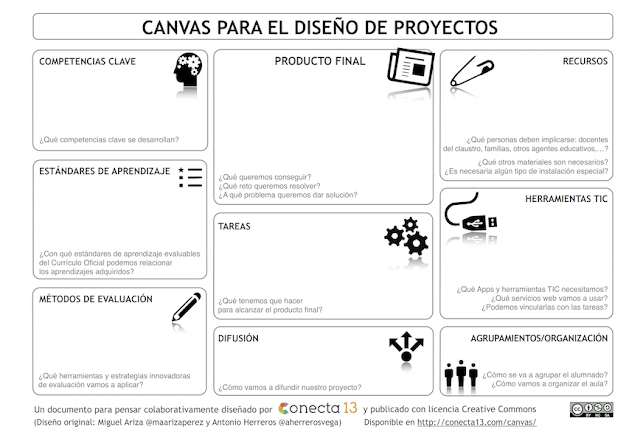Plan for the collaborative project: Heritage
Multinational
Project: Heritage
Here you will find the description of the project. Keep reading.
Here you will find the description of the project. Keep reading.
Number of students
Between 30-50.
Tools: E-mail, pictures, videos, forums,
padlet…
Pedagogical aims of the
project
-
To provide students with an educational purpose to use
all their language skills.
-
To opened a window to cultures and places around
Europe/the world.
-
To connect education and to share ideas and point of
views among teachers with similar purposes.
-
For students to communicate with people their age.
-
For students to be conscious of how far a language can
take them.
-
For students to have a look into their backgrounds and
see how far away they can take them.
Contents
-
Vocabulary: countries, nationalities, languages, food,
beverage, family members and relationships.
-
Verbal tenses: present simple, modal verbs, past
simple, past continuous among others.
-
Comparative and superlative forms of adjectives.
Outcome or expected result
By the end of the school year, students will have
shared many experiences and information about their backgrounds with people
from other countries and with their own classmates about what they have learnt.
They
will have become aware that our origins are usually mixed and that the concepts
of nation and country are often too narrow for such broad people we are.
As
for physical results, they will have developed a whole structure of activities
and summarising posters that can be presented on a platform in a way that shows
their learning process and as a resource where they can go back if they need
information for other projects.
They
are also going to have a network of contacts with whom they can communicate in
the future.
Structure
-
Part 1
In this part students are going to get to know each
other and their families.
After an initial contact via e-mail or through
participation in some Forums in the Twinspace to get to know each other and our
cities (towns, villages…), students are asked to bring pictures to class. These
pictures must be recent and of many relatives, for instance grandparents,
uncles, cousins, parents, siblings… After two weeks of collecting pictures,
these pictures are going to be sent to the counterparts in a big collage on a
padlet in Twinspace.
The
students are going to give clues to their counterparts in e-mails. And step by
step, each student (this can be done in pairs or groups of 3) will have created
the family tree of one student of another school. Eventually, we are going to
have a forest of family trees. After we have this we are going to see how many
nationalities and origins can be found in the family tree.
The
expected result is that we find many more nationalities and countries/cities of
origin than the ones actually participating in the project.
(Possibility of working with Geography to locate the
different nationalities that we come across and with Arts&Crafts to design
a wonderful forest).
-
Part 2
We are going to create an interview and find someone
to answer it. The interviewed must be someone (if possible from our families)
who have lived abroad, is living abroad or was born in a different country from
the one he is living in at the moment.
After
we have collected the answers, each student (or international group) is going
to write an article or make a video-article with the story of the person that
he or she has interviewed (or the person that the group have chosen).
With
the information we gather we are going to publish an online magazine. All together,
we are going to choose possible titles for the magazine and vote the favourite
one. Then, everyone is going to publish the story of these different individuals.
(Possibility of working with History teachers to
analyse the geopolitical and sociological reasons those people abandoned their home
countries).
-
Part 3
Now, students are going to learn about difficulties
that one can come across when moving to other places.
The
activity can be introduced via role-play tasks where one is the new come (each
one is given a role and has to treat the new come according to role). Then the
new comes are going to explain how they felt.
Students
have to write a short play representing the first days of someone who is new in
a place. Later on, they will have to represent and film the play. And the plays
are shared with our international classmates.
-
Part 4
Finally, students are going to analyse different
reasons why people would abandon their homes. Can these reasons be considered problems?
All the groups participating in the project are going to create a final work
where they try to raise awareness of our multicultural background and of the
problems that make people live their homes. This work has to be shared in
different social networks.
-
Part 5
The project has come to an end and students have to
find a way to farewell their counterparts and make the most of what they have
learnt.

Comentarios
Publicar un comentario